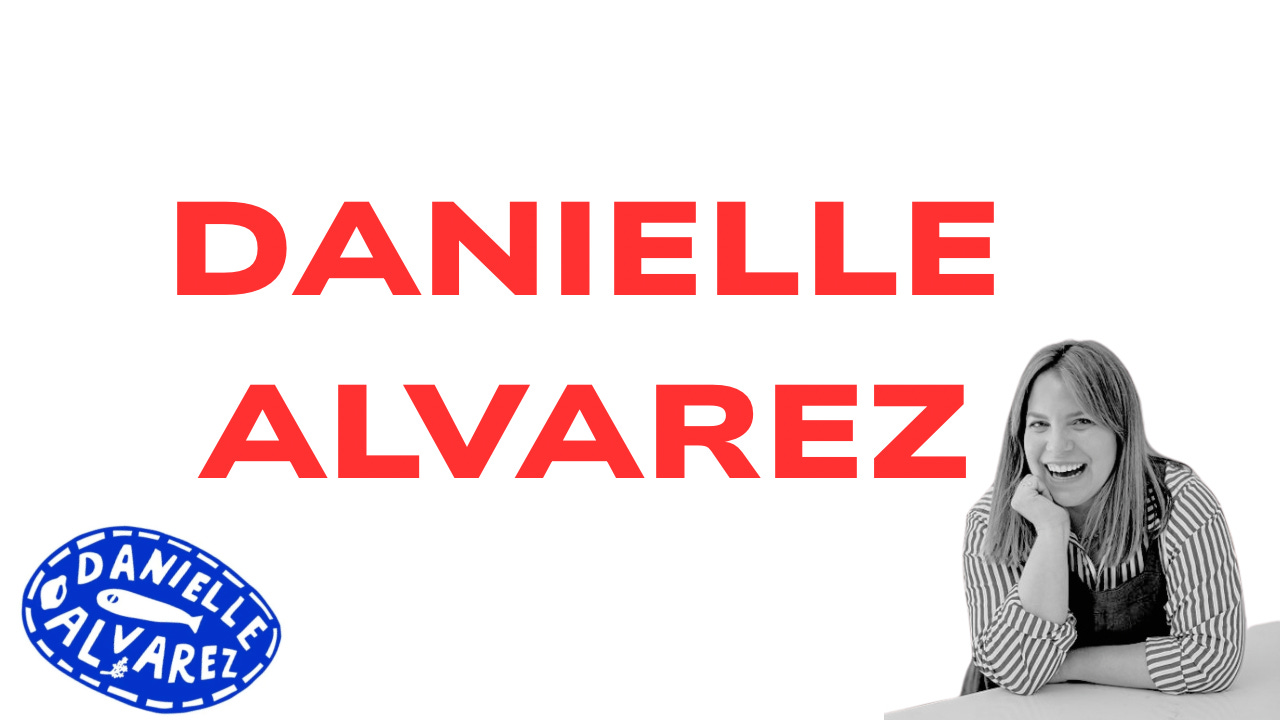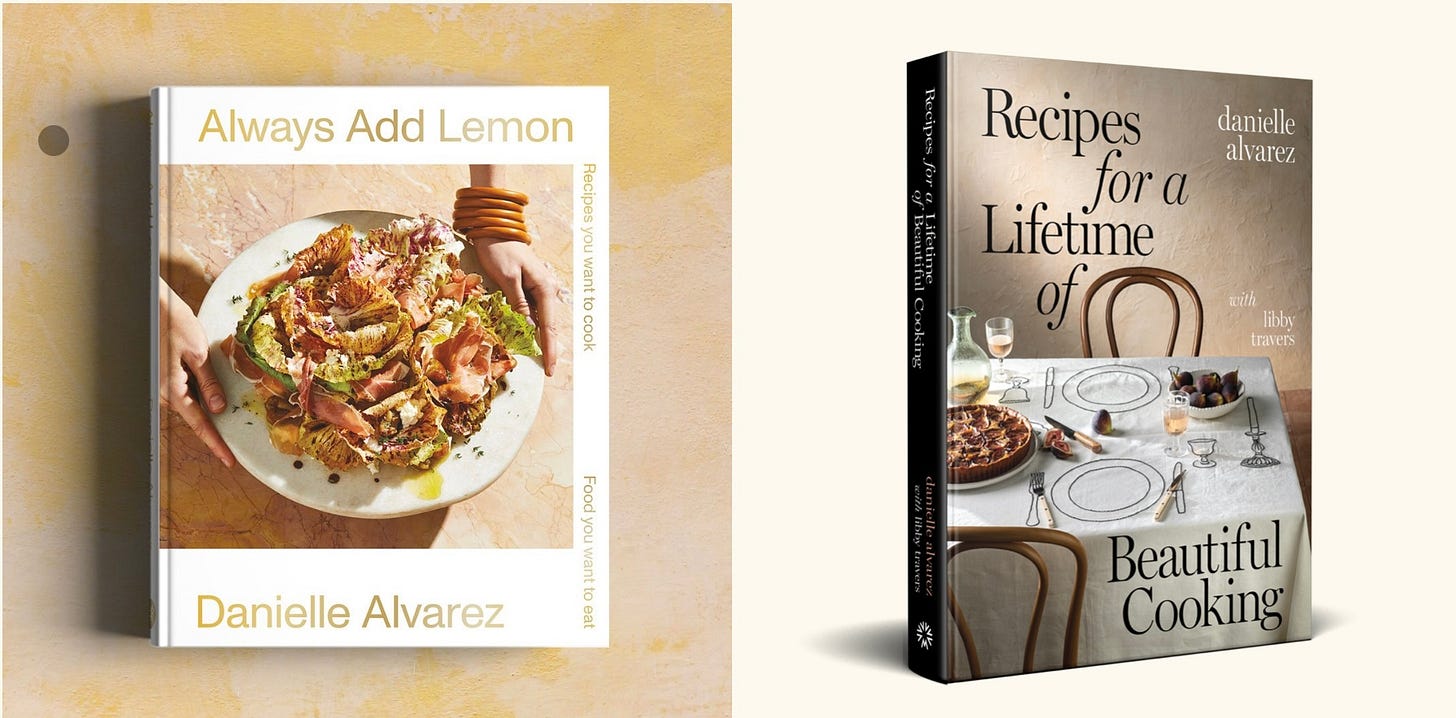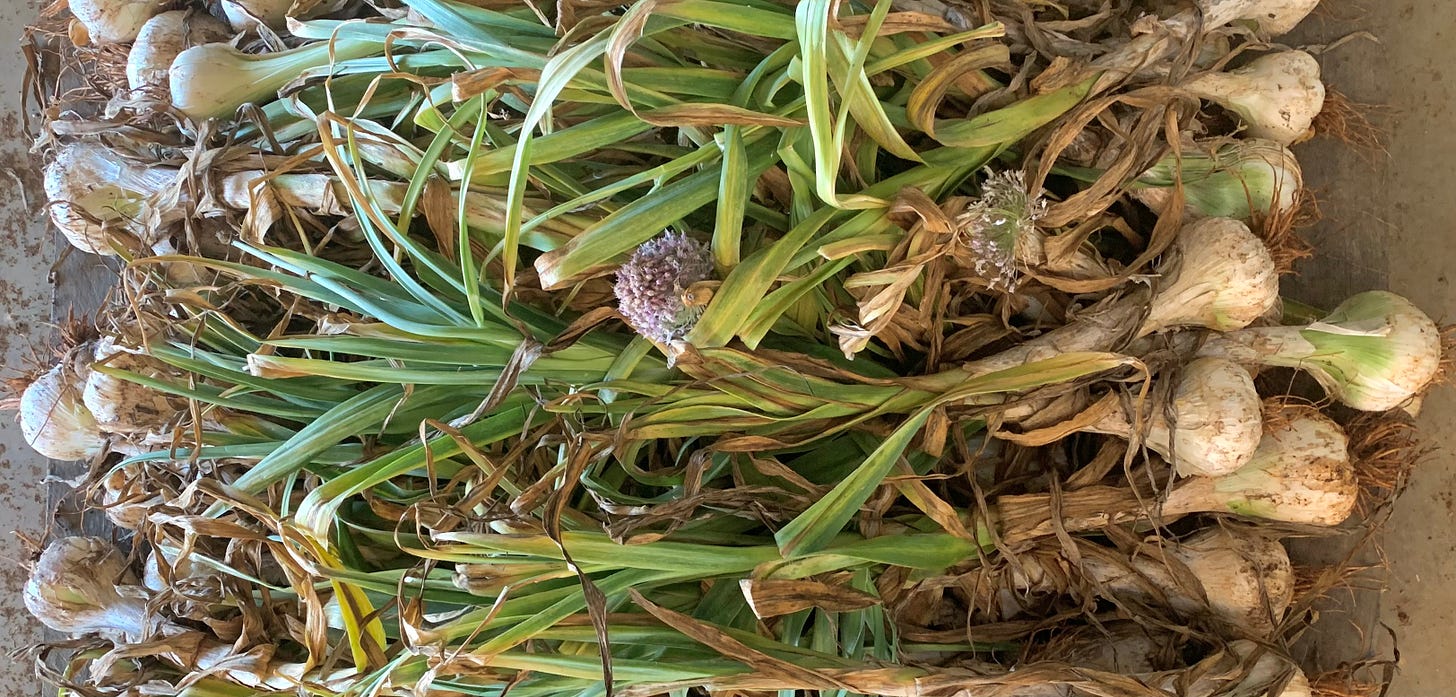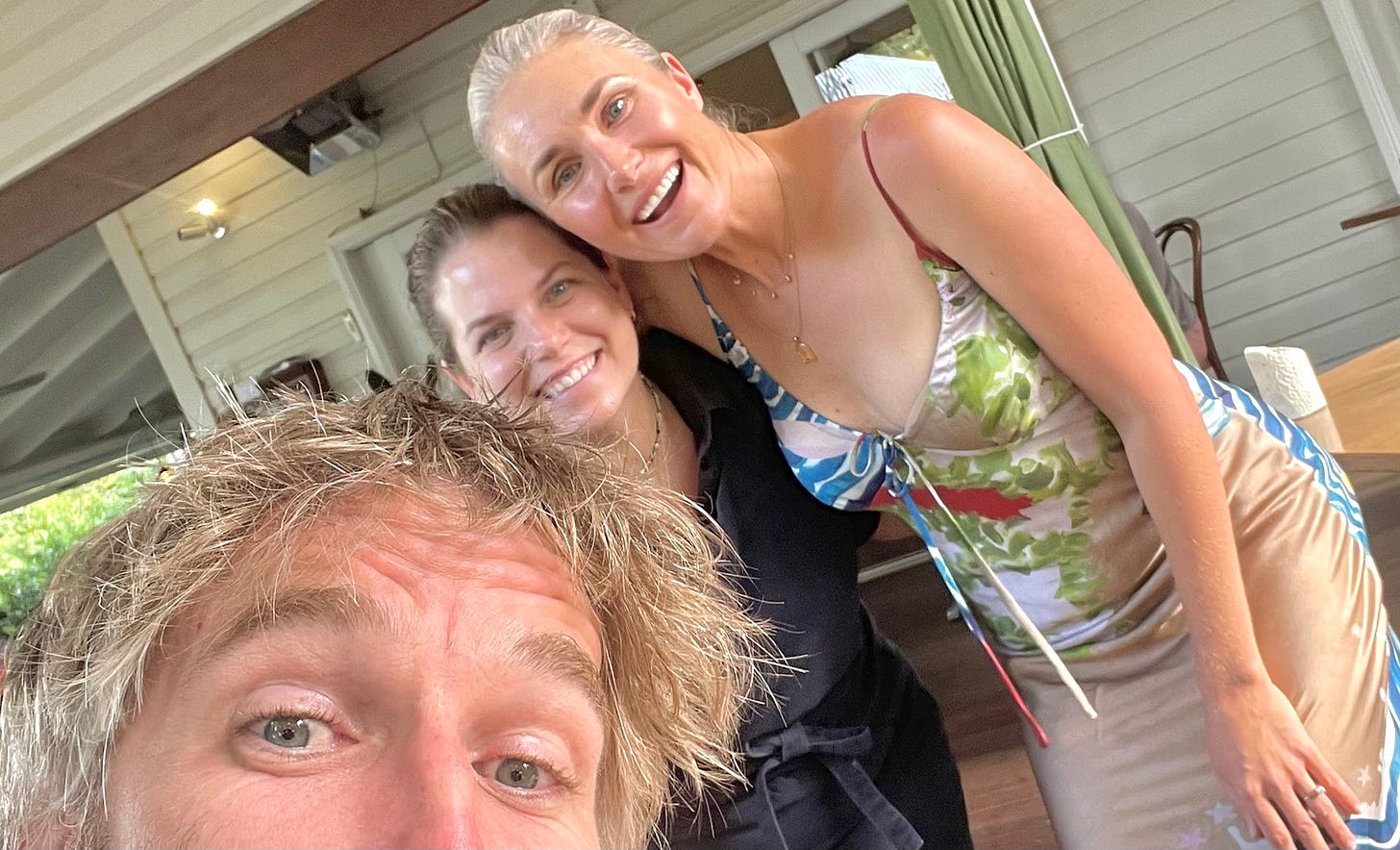Cooking with the seasons, with guest chef Danielle Alvarez
How to shop at farmers markets, go to gadgets and the top tip to improve your baking
In this week’s newsletter I chat with guest chef and good friend Danielle Alvarez.
We cover:
How to navigate restaurant life as a chef
Where to begin when cooking seasonally
Chefs to watch, books and substack recommendations
One technique to make a big improvement with your baking
The go to kitchen gadget (that you’d never guess!)
Crackly top staff meal brownie recipe (from a French Laundry chef, via a scribbled napkin)
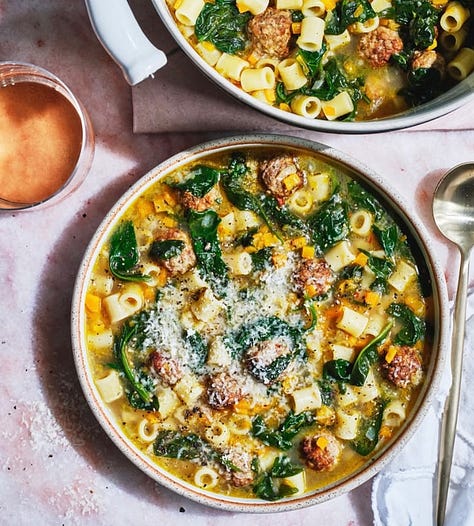
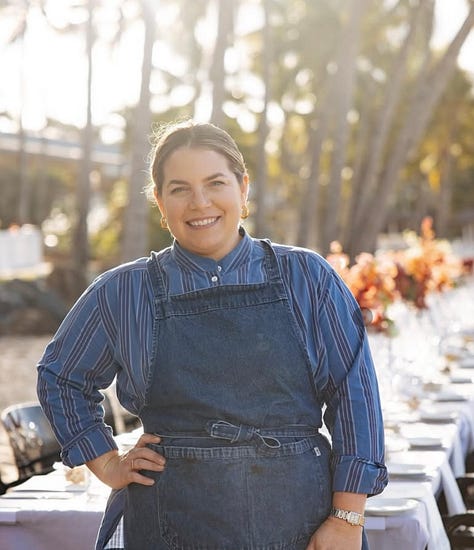

I first properly met Danielle Alvarez during a private dinner in Sydney for the legendary Alice Waters. Chef Jordan Toft called me to say that Danielle was cooking at a private residence for her former mentor, and (knowing how much of a fan I was) asked if I’d like to help. Danielle had recently arrived on the Sydney food scene after working at The French Laundry and Chez Panisse, and was already building a solid reputation at her new restaurant, Fred’s. Naturally, I jumped at the chance to assist, picking beans, scrubbing oysters, doing the dishes, sign me up!
Not only did I meet one of my heroes, Alice Waters, but I also had the absolute pleasure of working with Danielle. Her food was delicious, very simple, executed with great technique, honest, calm, and confident, seemingly effortless cooking.
These days, she’s on a roll. Danielle wears many hats: regularly contributing to various publications, serving as the Culinary Director of the Sydney Opera House, and sharing stories, thoughts, and recipes on her own Substack, Made Simple.
She has also written two cookbooks: Always Add Lemon and Recipes for a Lifetime of Beautiful Cooking, both available in most bookshops and on her website: daniellemalvarez.com.
Danielle, restaurant life can be intense, what was one of the toughest moments in your career, and how did you work through it?
Making the decision to leave Fred’s was probably the easiest and the hardest thing. Knowing it was what I needed to do and deciding to do it was easy in the sense that I knew I had to. I wasn’t myself, the energy and zest for creativity were gone, the drive to push the team forward was waning, and I had lost my purpose. But actually extricating myself from a place and team I built was incredibly tough and sad.
How did I get through it? I made sure I had enough money saved that I didn’t need to work for a little while afterwards, and I just rested. I saw friends, I read books, I took walks, I had interesting conversations. Little by little, I began to see the beauty of the world again, and I came back to myself.
You’ve worked in some incredible kitchens around the world, what has been the biggest personal lesson you’ve taken from those experiences?
The biggest personal lesson is that hospitality and restaurants are all about giving. You are giving of yourself, your energy, your time, your peace, to others every single day, morning until night, and you get very little in return. This can be incredibly rewarding and beautiful, but it can also suck the life out of you. You have to have some things that fill your cup outside of the restaurant, otherwise you’ll burn out very quickly.
How has your approach to food and cooking changed from your early days in restaurants to now?
I think at the beginning I used to think that stars and hats and recognition were the things that validated you. Now, I know that success has more to do with staff staying with you for a long time and having a busy restaurant every day and night. It’s not about recognition, it’s about making people happy. And sometimes, this may not be the sexiest thing to the people handing out reviews and stars and hats.
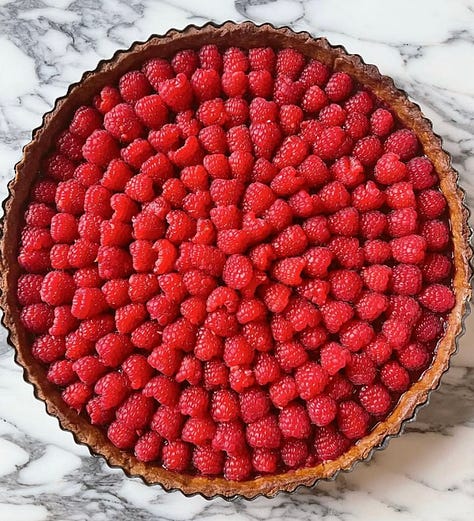

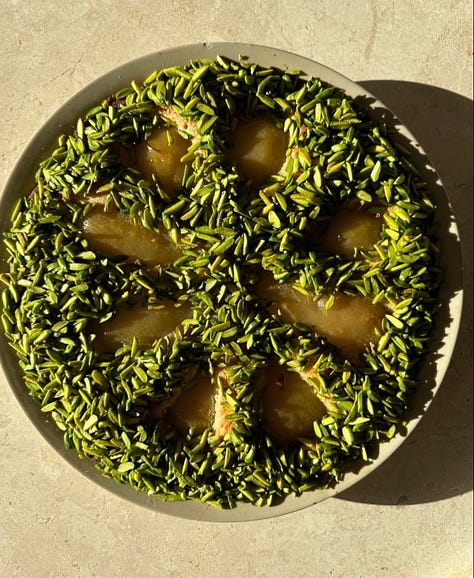
Who have been the biggest influences as a chef?
The biggest is probably Alice Waters and Chez Panisse. She’s just been featured on Chef’s Table: Legends on Netflix, and watching that was really emotional for me. She built what I consider to be the best restaurant in the world. I felt that when I worked there, and I still feel it now. There is no restaurant in the world so committed to the farmers, beauty, the local community, the quality, the staff, and a fresh, every-day-changing menu as that place. It’s all just… really, stupidly beautiful.
Talking of farmers, do you have a favourite “hero” vegetable or fruit that you always come back to in your cooking?
Well, it’s never the hero I suppose, but… garlic, the ultimate backup dancer! The thing I love most is that I love using it at every step of its life cycle. It is truly a seasonal ingredient, but I think we forget that. At the moment, any bulb garlic you have is from summer and is sprouting and tasting a bit “musty,” so instead I move towards young aka green garlic, which are the shoots that spring from the clove to eventually form a head of garlic later in winter and spring. It highlights for me the saying “things that grow together go together,” because green garlic goes so perfectly with autumn and winter vegetables like cauliflower, kale, turnips, etc.
What advice would you give to home cooks who want to start cooking more seasonally but aren’t sure where to begin?
Go to your local farmers’ market or buy a CSA produce box. If you commit to doing this every week or every other week, you’ll begin to understand what’s happening on the farms. The produce is fresher and more delicious than anything you can get from the grocery store and the bonus is that it’s often cheaper. That money also goes straight back to the farmers, which supports your local community. Just be mindful that just because someone is selling produce doesn’t mean they grew it. Some markets have strict rules about this, but some don’t. I like transparency on this, because you may think you’re buying from a grower, but really you’re buying from an on-seller, which is less exciting to me.
What chefs, restaurants, books or podcasts are exciting you right now?
On Substack, I love Clare de Boer’s newsletter called The Best Bit. She’s English but lives and works in New York and writes for NYT Cooking too. She’s also a proper chef with a few restaurants in NYC and upstate New York.
In Australia, I love following the work of Emmanuelle Leftick. She and I worked together many years ago in California at The French Laundry, and she’s spent the past few years cooking at Graceburn Tedesca in the Mornington Peninsula. Now she’s a free bird—working freelance and cooking at different pop-ups. Her food is so fresh and vibrant.
Speaking of Graceburn Tedesca—Brigitte Hafner is one of the most talented chefs in our country. I also love Jemma Whiteman’s food at Ante here in Sydney and Ollie Wong’s food up your way in Byron Bay at Bar Heather.
I also highly recommend Rosie’s in Coledale—a fish and chip shop by my friend Ben Sinfield and his wife Tania. It’s right near the beach and a dreamy pit stop between Sydney and the South Coast.
Keep reading with a 7-day free trial
Subscribe to How to be a better cook to keep reading this post and get 7 days of free access to the full post archives.




